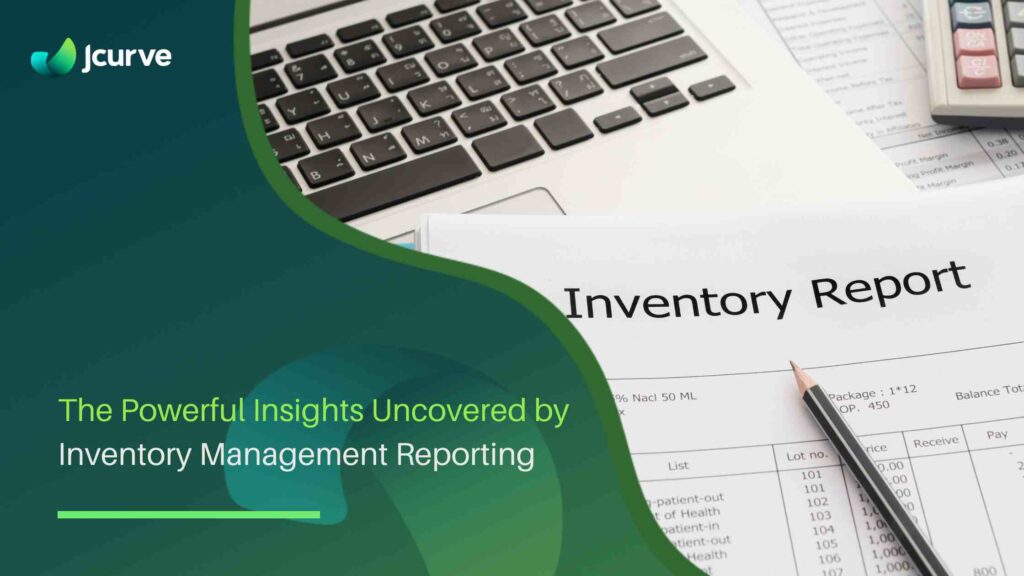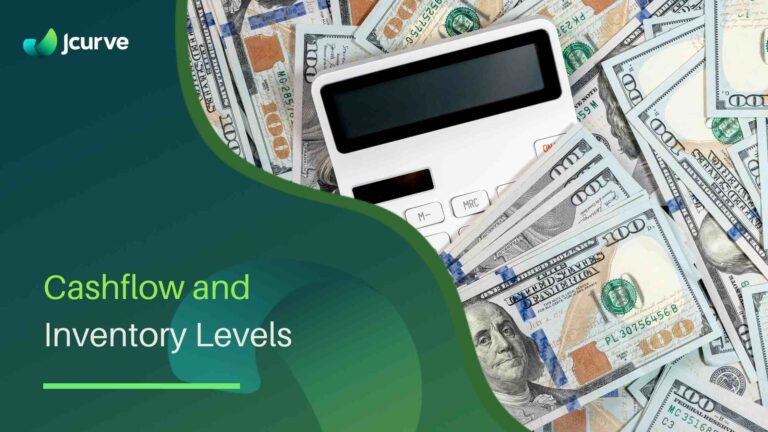Have you ever played with “invisible ink” to write a clandestine note, only to reveal its contents with a special UV torch? In the bustling business landscape of Singapore, your crucial company data can sometimes feel just as concealed. With an overwhelming amount of data being collected and processed every day, discerning the true state of affairs can seem like a daunting task. Fortunately, the right kind of reporting can act as your UV torch, illuminating the essential details you need to grasp.
The Significance of Inventory Management Reporting
In the financial hub of Singapore, reporting is an indispensable tool for grasping your fiscal standing and your enterprise’s profitability. So, why is inventory reporting often overlooked? Considering that inventory might be your most valuable asset, it’s imperative to have precise inventory and warehouse performance reporting in place. Proper reporting can yield potent insights into what’s effective, what’s not, new strategies to enhance warehouse efficiency and profitability, and enable you to make more informed, nimble business decisions.
Identify Your Requirements
Before you dive into establishing your reports, take a moment to determine the information you need and the frequency of its necessity. Knowing your best-selling products can signal which items to stock up on more regularly or in greater volumes. Understanding your slow-moving items can aid in deciding whether to launch a promotion or marketing initiative to expedite their sale, thus liberating valuable warehouse space.
You should also ponder the regularity of your reporting. Is it essential to monitor fluctuations daily, or would a weekly analysis align better with your operational capacity?
Scheduling and Automation
Once you’ve pinpointed and configured your reports, aim to reduce the manual labour required for their updates. Many cloud ERP systems offer real-time reporting that can be automatically sent to you, based on predefined schedules or specific triggers.
Automation in delivering inventory reports can also assist you in swiftly reviewing and comprehending your stock levels at regular intervals. With the myriad responsibilities of warehouse management, receiving inventory reports in your inbox consistently – be it daily or weekly – serves as a timely reminder to assess and implement any vital adjustments that could influence warehouse performance and profitability.
If you’re utilising a top-tier cloud ERP solution, you’ll have the capability to establish advanced trigger-based automations. These might include alerts when items hit minimum or maximum thresholds and prompt reordering when necessary. Many cloud ERP systems also offer dynamic live dashboards and KPI metres to keep a close watch on stock and warehouse efficiency. Discover the Operational Benefits of NetSuite’s Inventory Control System in Singapore.
Analyse and Strategise
With your reporting structure in place and your scheduling and automations operational, analysing the data and trends can now offer you a clearer picture of potential challenges, changes to anticipate, and areas to capitalise on cost savings and sales opportunities to boost your warehouse’s profitability. Pay close attention to:
Trends
Understanding the overarching trends for your product lines can provide valuable insights. Are there specific seasons when demand for certain items spikes or dips? Or are there trends influenced by other factors, such as new, superior products entering the market, or fresh competitors joining the fray? Deciphering these trends with accurate data can help you preempt potential issues and rally other business stakeholders to take decisive action and swiftly pivot strategies.
Bottlenecks
Are you receiving goods from your suppliers promptly, only to encounter delays at the receiving stage? Or perhaps there’s a lag in allocating the products to orders or completing the pick, pack, and ship process? Identifying these bottlenecks will enable you to implement the necessary process improvements to resolve these issues. The more you streamline your order-to-ship process, the more you can expect to see an uptick in overall warehouse efficiency. Learn precisely how this can be achieved with NetSuite Inventory Management’s efficiency-boosting features in Singapore.
Profitability
Your actual profitability encompasses more than just the cost difference between purchasing and selling your various product lines.
Gain an authentic view of your warehouse profit by examining each product line’s sales volume and the margin you’re earning, while also considering the time it takes to move those products through your warehouse and the associated operational costs. You’ll then start to see a more accurate representation of profitability per product line, enabling you to make more informed decisions on what to continue stocking or what to phase out. For instance, a product line with a slim margin that lingers in your warehouse before shipping occupies precious space for minimal profit. It might be more effectively managed as a “special order” or even as a drop ship product.
Invisible Ink
These are just a handful of the insights on inventory management reporting that can begin to unveil the “invisible ink” clues hidden within your inventory data. Understanding stock trends, bottlenecks, and true profitability will help you see your stock position clearly and identify where to concentrate your efforts.
By employing the right cloud ERP software, you can also leverage best practices, advanced automations, demand forecasts and more to streamline your warehouse, reduce costs, and further enhance your warehouse profitability. Delve deeper into these functionalities with Advanced Features and Modules in NetSuite’s Inventory Management tailored for Singapore.
For more information, get in touch to start a conversation. Also, secure your complimentary eBook – The Ultimate Guide to Inventory Management – for additional ideas and strategies on managing your warehouse with greater efficiency in the Singapore context.









